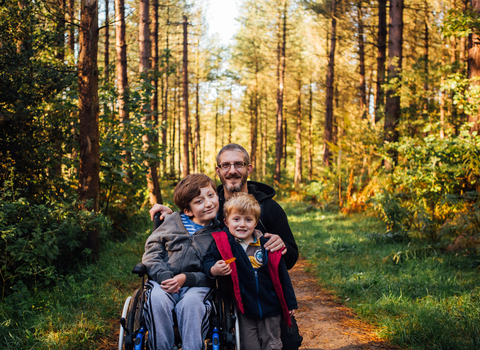Learn all about woodland wildlife from tiny invertebrates to towering trees as your class learn to identify different species.
Learning Outcomes
By the end of the session, students should be able to:
- Recognise the importance of woodlands for animals from tiny invertebrates to larger mammals and birds;
- List the different parts of a tree and their functions;
- Recall the difference between evergreen and deciduous trees;
- Identify numerous species of native Manx trees.
Session Outline
- Woodland Wildlife: Use a spotter sheet to identify the different wildlife found in a woodland and we will discuss what features of woodland habitat makes them ideal for those species.
- Functions of a tree: Find out why trees are important as we create labelled models out of natural materials and discuss the functions of the different part of a tree.
- Evergreen vs. Deciduous: Discover how and why some trees change across the seasons by using getting up close to some native trees and spotting the differences.
- Manx broadleaf tree ID: Create your own ID guide by making leaf rubbings of broadleaf trees and labelling them.
Curriculum Links
- Scoillyn Eco/ Eco Schools Link: Biodiversity: maintain a high level of plant, insect and animal life locally and globally.
- Sustainable Development Goal (SDG) Link: 15. Life on land: Protect biodiversity and natural habitats.
Possible locations
- Offsite: Glens and Woodlands
- Onsite: This session is best in a woodland habitat however could be delivered on your school grounds provided there are a few different species of trees present.

